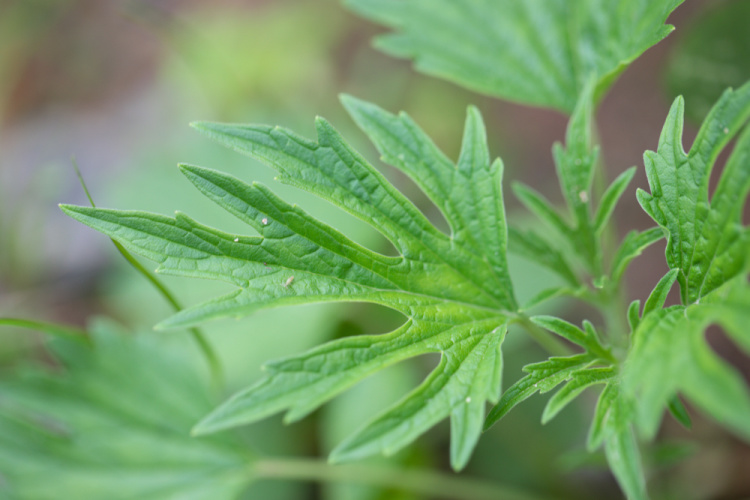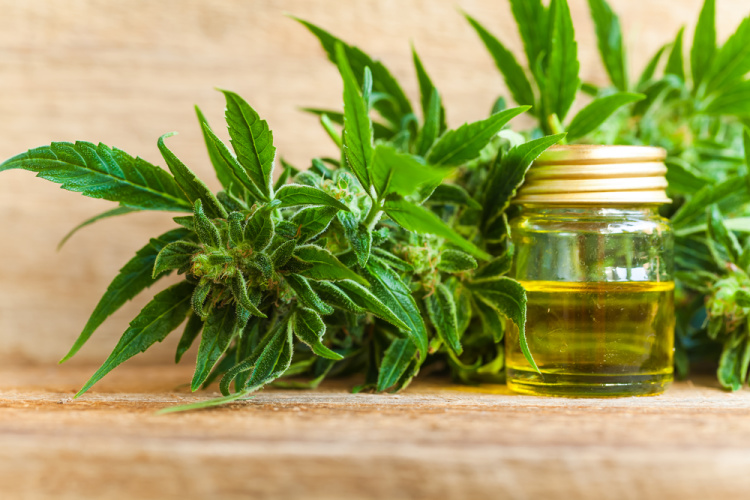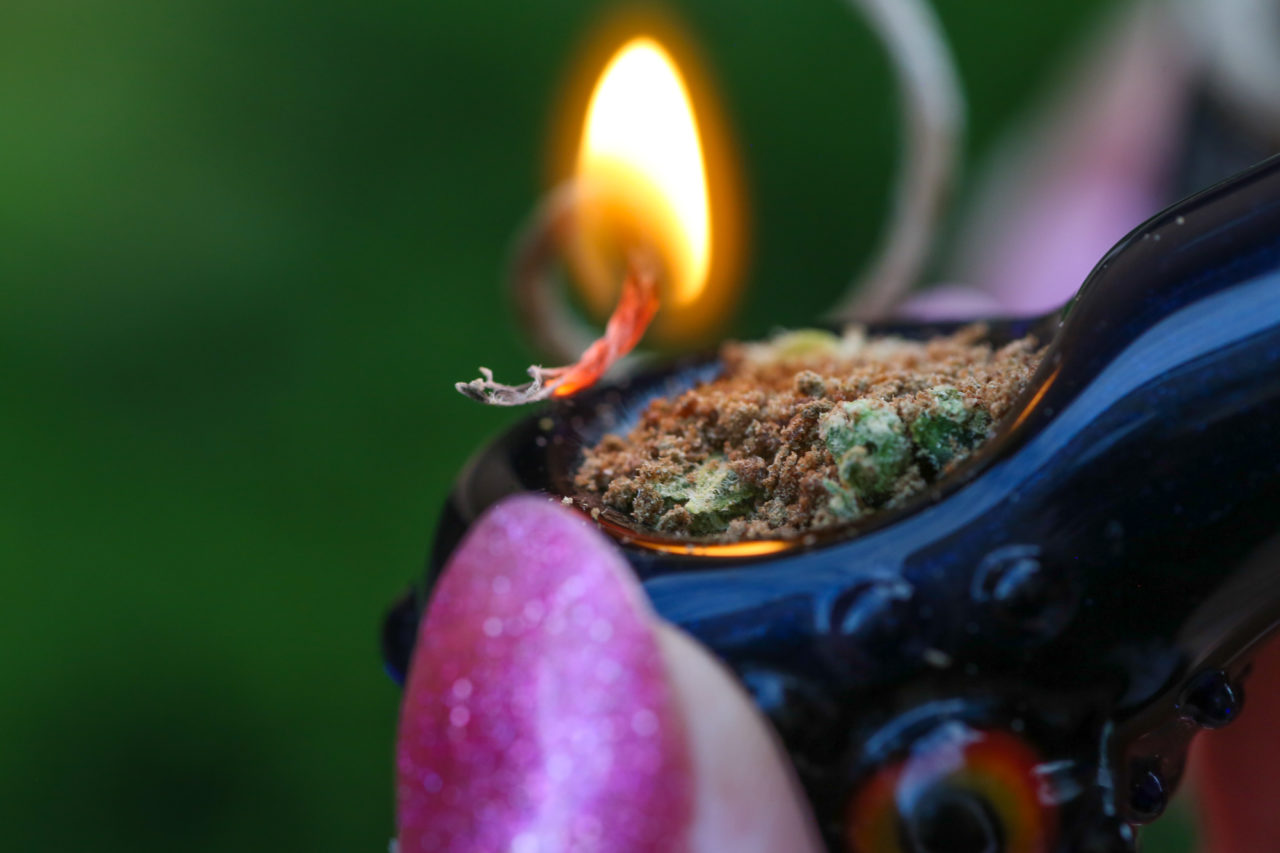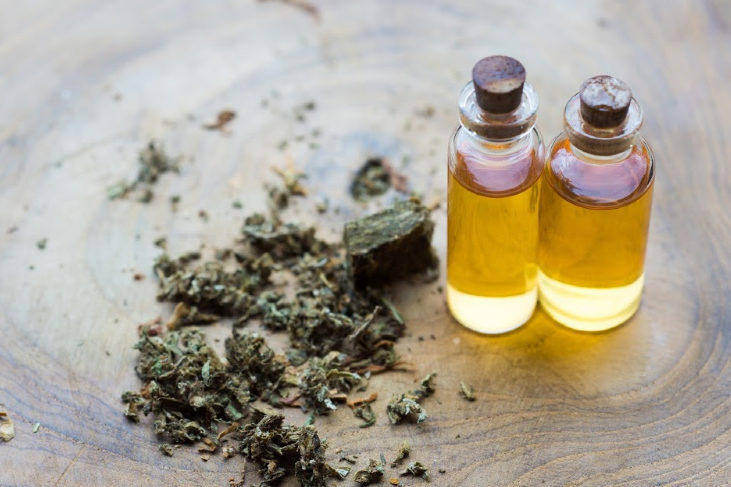We’re big on terpenes, the aromatic “essential oils” that help give different strains of cannabis (not to mention countless other plants and products) their distinctive olfactory and flavor profiles. We’ve written previously about borneol—used as a pain-killer for centuries in traditional Chinese medicine—and pinene, the most abundant terpene on Planet Earth.
Today, we’re going to talk about ocimene, an elusive terpene that doesn’t often take center stage. Instead, it adds a bewitchingly beautiful floral and herbaceous back note to many strains of cannabis. No wonder it’s a favorite of parfumiers and other scent designers!
Where else does ocimene appear, and what benefits might it bring besides its lovely scent? Let’s dive into the story of this truly enchanting terpene!
Ocimene: A Backstage Power Player in the Theater of Terpenes

Ocimene gets its name from the Greek word for “basil,” which is a good hint to its herbaceous qualities. Like basil, ocimene is hardly a one-note character: Smell pure ocimene carefully and you’ll detect floral, sweet, woodsy, citrusy, and earthy characteristics. Outside cannabis, ocimene occurs in allspice, basil, bergamot, kumquat, lavender, and mango—better known for the terpenes linalool and myrcene, respectively—as well as mint, orchid, parsley, and black pepper.
That said, ocimene can be difficult to find in the wild. There are few—if any—strains of cannabis that can claim ocimene as the dominant terpene. Instead, it’s more often the second- or third-most abundant one in a given strain, lending its complex and pleasing notes as a sort of backdrop to the others. Like many other terpenes, it’s believed that ocimene acts as an all-natural pesticide, driving away insectile predators such as aphids.
That should give you a good idea of what ocimene is like on an experiential level. But like most terpenes, it’s believed to enact some very powerful physiological responses. Let’s walk through a few of them.
An Emerging Anti-Inflammatory and Antiviral Medicine?

If you like reading about cannabis research, you probably know that many of the plant’s compounds—the cannabinoids THC and CBD, along with several terpenes—have been identified as having anti-inflammatory properties.
In this regard, ocimene is no different: A 2014 study on terpenes extracted from satsuma mandarin flowers—including ocimene—found that the terpene exhibited a strong and potentially medically useful anti-inflammatory action, suppressing the production of several of our body’s natural inflammatory substances.
Another study published the same year found that ocimene was a potent antimicrobial and antifungal agent, showing notable efficacy against the fungal pathogen Candida albicans and the malaria variant Anopheles stephensi.
Ocimene’s ability to combat bad bugs doesn’t stop there. Another study—this one from 2008—enlisted a number of terpenes in the fight against SARS, a nasty respiratory illness that’s surprisingly similar to COVID-19. In concert with such terpenes as alpha-pinene and myrcene, ocimene exerted what one researcher described as “interesting activity against SARS.” Especially right now—as the world enters the second year of the coronavirus pandemic—the notion that all-natural compounds such as ocimene might exhibit antiviral properties is welcome news indeed!
Which Cannabis Strains Contain It?
As we mentioned earlier, ocimene is rarely if ever the dominant terpene in cannabis strains. But you can find relatively healthy proportions of it in several popular strains, including:
- Dutch Treat: Known for its sweet flavor and an ability to relax the mind while tackling tough symptoms like PMS, pain, and fatigue.
- Clementine: An award-winning strain with a unique ability to get you stimulated and moving, it’s famous for its tangy citrus flavor.
- Golden Pineapple: With a powerful flavor reminiscent of—you guessed it—sour pineapple, this is another powerfully motivating and energizing strain high in ocimene.
- Green Crack / Green Cush: A famously stimulating and lively sativa, known for uplift and a bright mango flavor.
Ready to experiment with Ocimene for yourself? Check out Des Moines dispensary menu.





